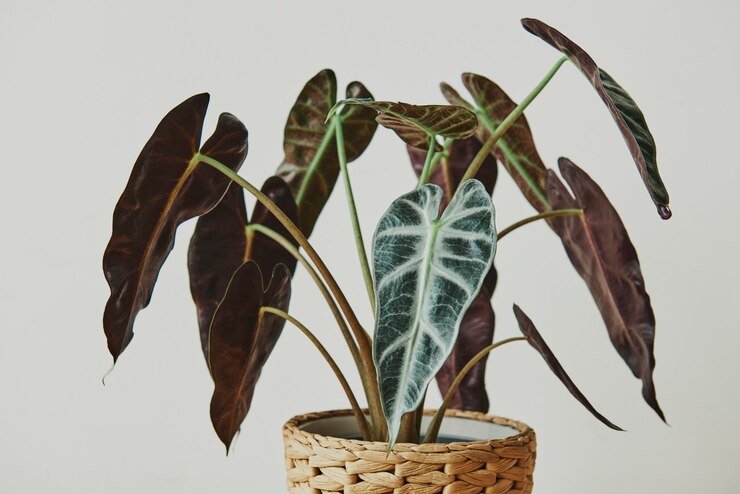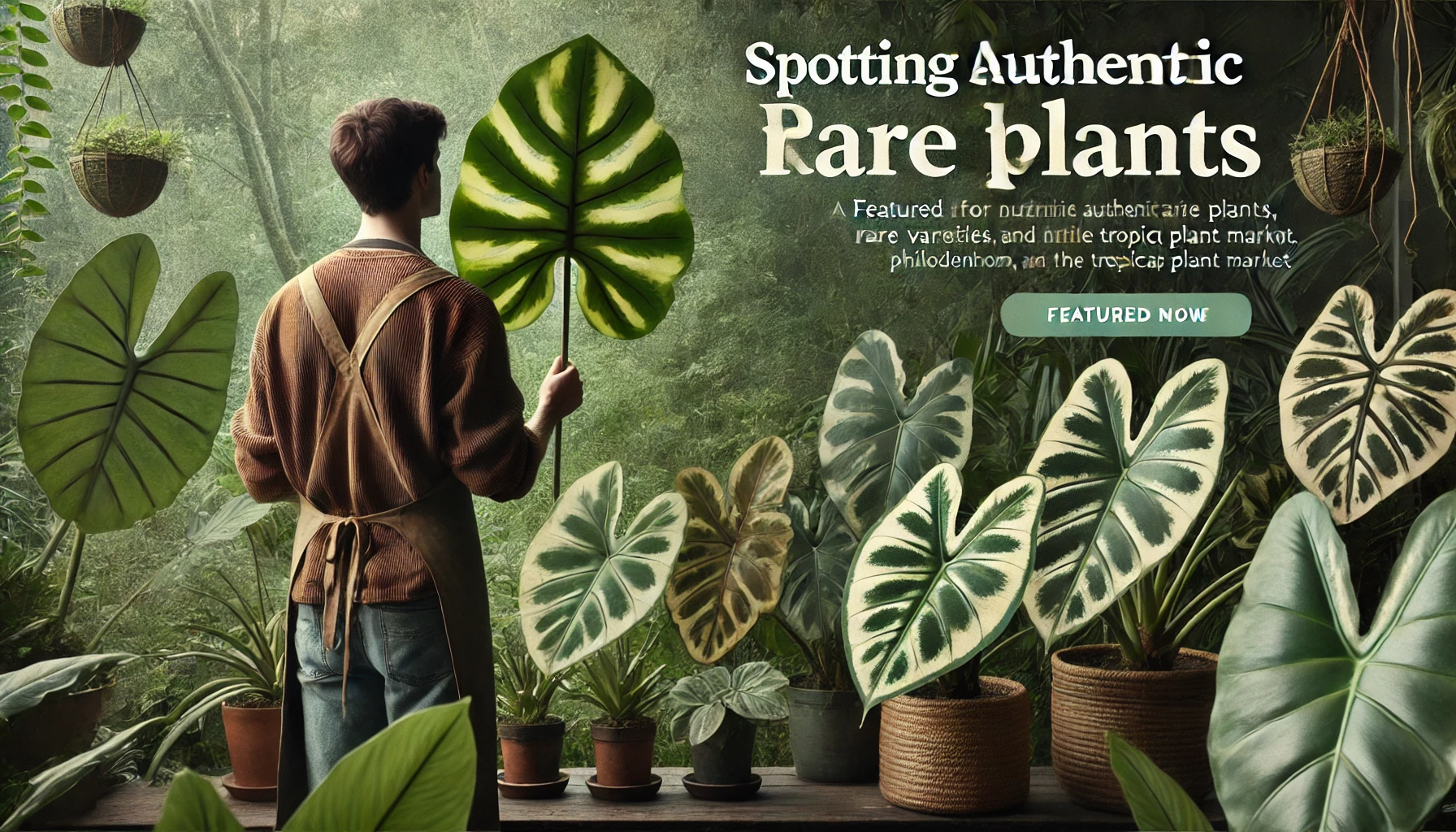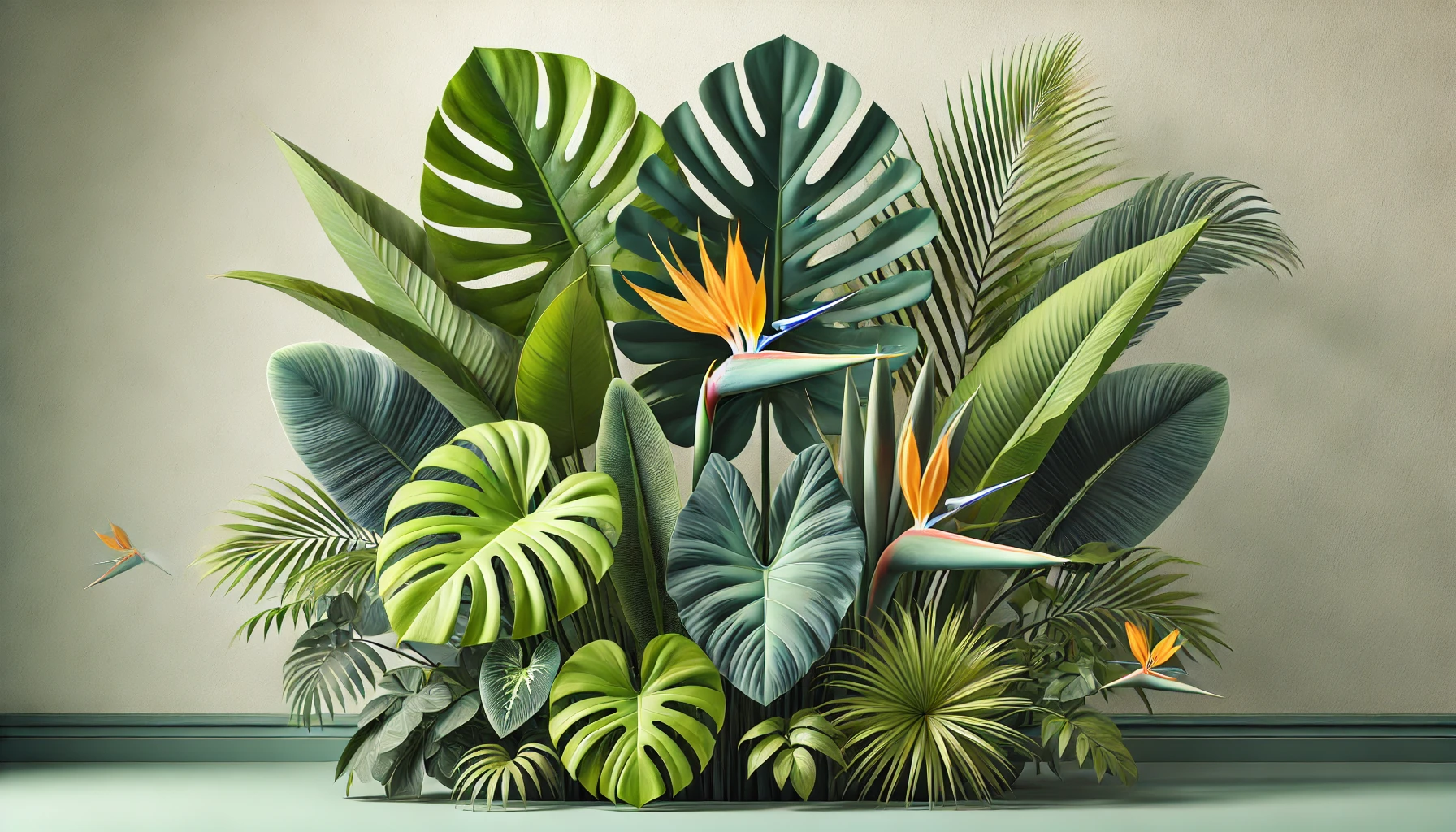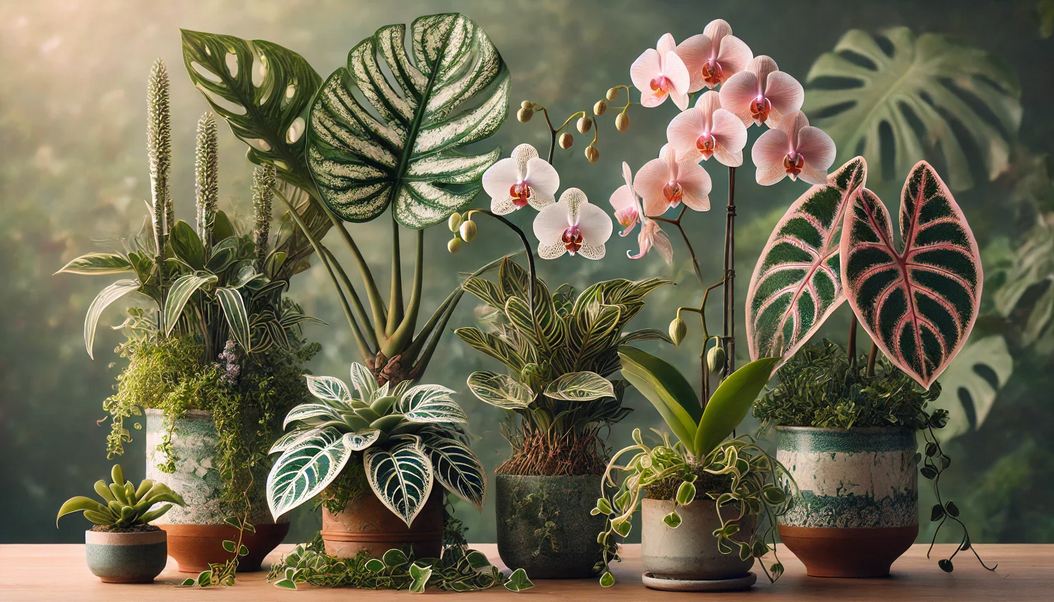Plant lovers, rejoice. From the lush foliage, unique growth patterns, to the vibrant colors, philodendrons have it all. Among the myriad types of this genus, exotic Philodendron types stand out as rare treasures, making them highly sought after by collectors. The entrancing beauty of nature-a perfect addition to any setting-could be provided by wonders such as the Pink Princess or the Gloriosum Philodendron.
Here, we explore some of the most breathtaking rare species of Philodendron: their growing conditions, care, and how to add them to your collection-whether you are an experienced enthusiast or just starting out. You will find helpful information to enhance your indoor garden below.
What Makes Exotic Philodendron Types So Special?
Unique characteristics of Exotic Philodendrons include striking variegations, unusual colors, and being rare. Most of these plants feature unique variegation, bold shapes, and velvety textures, making them quite different from others.
Key Features of Exotic Philodendrons:
Variegation: In the case of the Philodendron Pink Princess, for example, leaves are variegated to include various shades of color, like light green right through to the vivid pink.
Rare Shapes: The heart-shaped leaves in the case of Philodendron Gloriosum, or the lobed structure in the case of the Philodendron Florida Ghost, increase their aesthetic value.
Velvety Textures: Most of the exotic kinds possess a soft, velvety texture and, thus, have greater appeal; an apt example is Philodendron Micans.
Besides their beauty, collectors grow these plants to feel a sense of pride and accomplishment from caring and nurturing a species that is hard to find.
Top Exotic Philodendron Types for Collectors
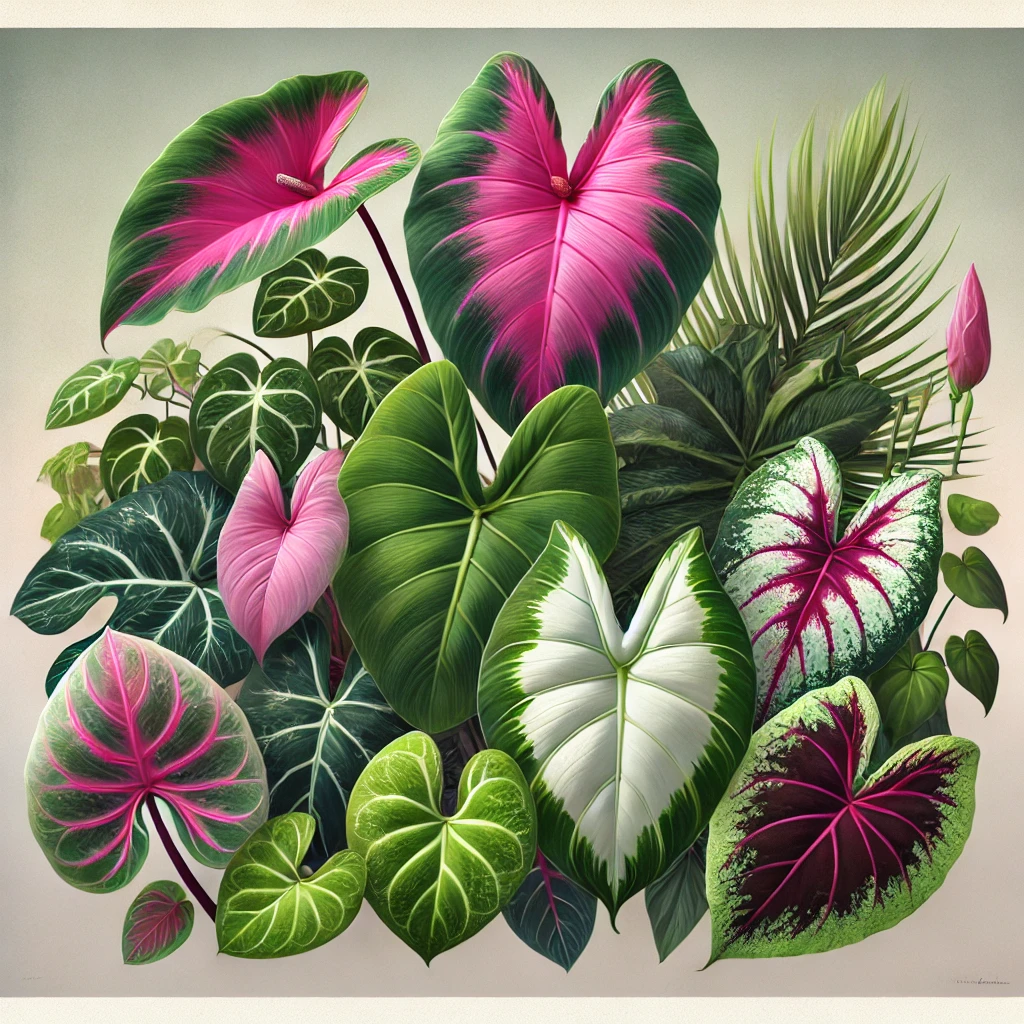
1. Philodendron Pink Princess
The Pink Princess is one of the most iconic types of exotic Philodendron. It’s famous because of its striking pink and green variegation. It is truly a showstopper, with bold, blush-toned patches on its dark green leaves.
Care Tips :
Light: Bright, indirect sunlight to be able to retain its variegation.
Water: Must be watered when the top inch is already dry
Humidity: Must have high humidity levels- 60% or more.
The Philodendron Pink Princess is a bit of a slow grower, so it’s all about patience, well worth it for this incomparable beauty.
2. Philodendron Gloriosum
The Gloriosum is a creeping terrestrial species, with large, heart-shaped leaves and prominent white veins. It is loved by every collector because of its velvet texture and dramatic look.
Care Tips:
Light: Medium to bright indirect light
Soil: Well-draining, loose soil
Watering: Keep the soil consistently moist but never waterlogged.
Owing to its sprawling growth habit, Gloriosum is ideal for large pots or planting on the ground in indoor greenhouses.
3. Philodendron Melanochrysum
The Melanochrysum is one of the most striking species, having dark, velvety leaves that seem to sparkle in light. It’s often mistaken for its cousin, Philodendron Micans, but has larger leaves and more dramatic veining.
Care Tips:
Light: Requires bright, filtered light for optimal growth.
Support: Provide a moss pole or trellis for climbing.
Watering: Water sparingly, ensuring the soil is only slightly moist.
This rare species of Philodendron truly brings an element of opulence to any indoor space.
4. Philodendron Florida Ghost
This plant is well known and highly recognizable because of its pale ghostly-white leaves that will eventually become green. This unusual foliage makes it a conversation piece in any collection.
Care Tips:
Light: Bright indirect light to maintain the pale coloration.
Watering: Allow the topsoil to dry out before watering.
Pruning: Prune occasionally to maintain its shape.
Collectors love the Florida Ghost for its ever-changing colors on the leaves.
5. Philodendron Verrucosum
Native to Central and South America, the Verrucosum displays velvety leaves with bright green veins. The petioles are covered in fine hairs, adding further to its exotic nature.
Care Tips:
Light: Grows best in medium to bright indirect light.
Temperature: Keep them in warm environments, between 18-25°C.
Humidity: High humidity favors its healthy growth.
The Verrucosum is more finicky to care for, but this beautiful foliage is worth the extra work and effort.
6. Philodendron Micans
This small Philodendron features velvety, heart-shaped leaves with a deep green to bronze tint in color. While it is not as rare as some other species, it is often considered an exotic because of its unique texture and trailing habit.
Care Tips:
Light: Does well in low to medium indirect light.
Watering: Water when the topsoil feels dry.
Growth Habit: Perfect for hanging baskets or cascading over shelves.
The Philodendron Micans is a versatile choice for both novice and expert plant collectors.
How to Care for Exotic Philodendron Types
Exotic Philodendron types may require more specific care than their common counterparts. Here are some general tips to ensure your plants thrive:
1. Light Requirements. Most exotics prefer bright, indirect sunlight. Avoid letting plants be in direct sunlight, which may burn their leaves.
2. Watering. Provide regular watering, but make sure not to overwater. Use well-draining potting soil and avoid root rot.
3. Humidity. Keep high humidity levels: 50-80%. A humidifier or pebble tray would be good to serve this purpose. Grouping plants together can also help increase ambient humidity.
4. Fertilization. Feed with a balanced liquid fertilizer during the growing season, spring and summer.
Lessen feeding when it’s dormant, in fall and winter.
Where to Find Exotic Philodendron Types
Being on the lookout for an exotic Philodendron may be a challenge; here are some tips:
Online Specialty Nurseries: Several collectors purchase from good online stores that specialize in rare plants.
Local Plant Shops: Check for plant swaps or special sales events.
Social Media Groups: Join plant enthusiast communities to trade or purchase cuttings.
Why Exotic Philodendrons Are Worth the Investment
Exotic species of Philodendron are not plants but considered works of art. Captivatingly beautiful, these plants require very unique care and are going to be rewarding for enthusiasts. Owning one adds to not only your indoor garden but also connects you with a community of like-minded collectors.
If you are ready to take your collection of plants to the next level, add the Philodendron Pink Princess, Gloriosum, or any one of these other gorgeous varieties talked about in this guide. With proper care, they will continue to thrive and stay at the center of your botanical heaven.
Applying this guide, you can grow these exotic beauties to fill in your space and make a lush, vibrant indoor oasis.
